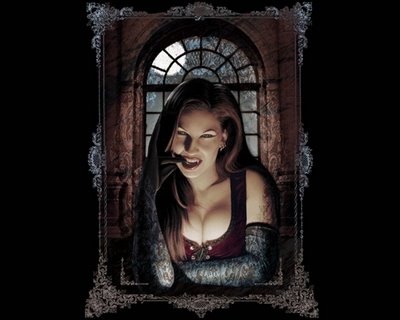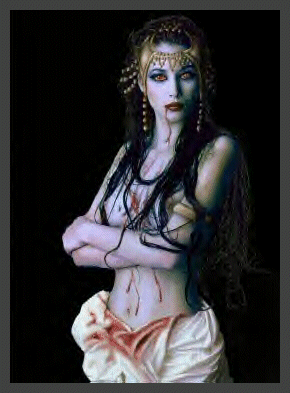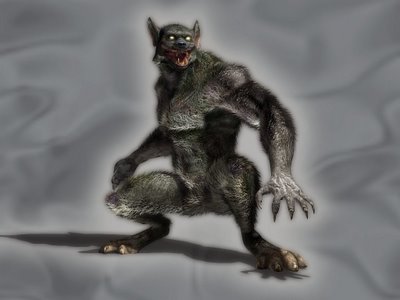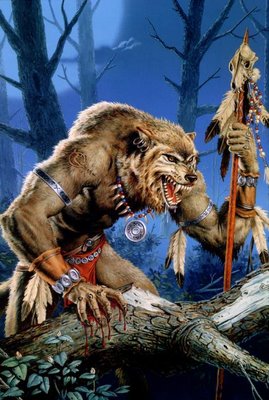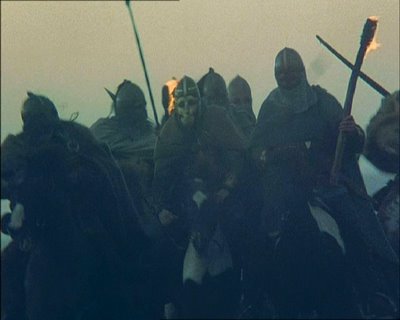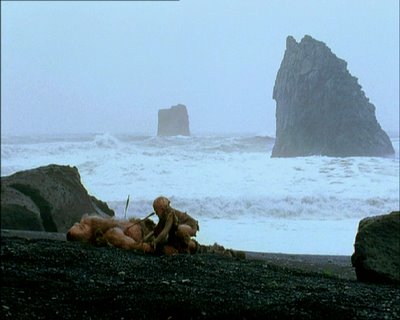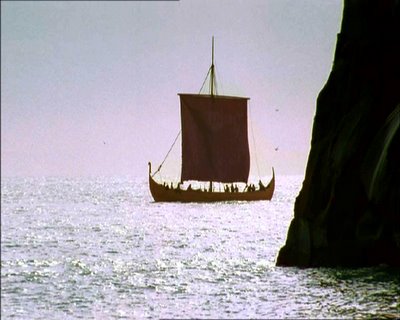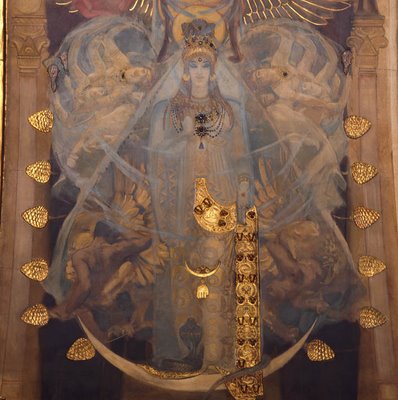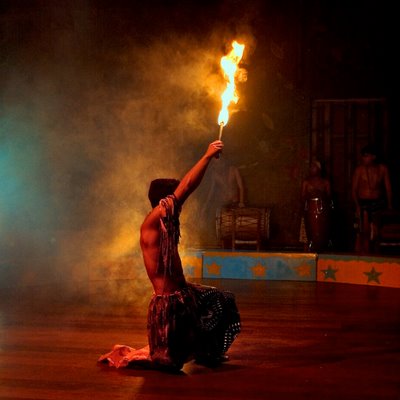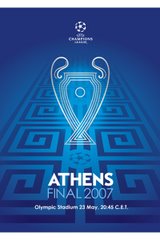Halloween Special
Myth-diagnosis:
What creature has very pale skin, has teeth of an unusual colour, sports long fingernails and only comes out at night? Everyone knows it’s a vampire.
Or is it?
The vampire legend probably arose from the appearance and behaviour of people suffering from porphyria, a disease that is actually a group of related disorders.
All variants of the disease are caused by overproduction of porphyrins—chemicals that do not normally accumulate in the body. Although symptoms are many, most notable is extreme sensitivity to sunlight.
Porphyria is rare, especially outside Eastern Europe, and difficult to diagnose. Symptoms of the disease mimic those of many other ailments: They include insomnia, anxiety, skin lesions, nausea and muscle weakness; some types of porphyria also cause excessive nail growth and receding gums. Exposure to sunlight causes the skin to become so fragile it breaks easily, and people with porphyria avoid being outside at any time during the day—hence the idea that vampires fear sun and roam the earth only at night.
Shedding Light on the Vampire Legend
The most notorious alleged vampire lived in 15th-century Romania. Vlad the Impaler was indeed a ghoulish ruler, whose bloodthirsty habits were known far and wide even before Bram Stoker’s day, but he was not the earliest vampire legend. Records of vampire stories exist from 12th-century England. The Impaler’s sadistic punishments for minor offences certainly fuelled legends, and by all accounts he did actually indulge in the blood of his victims.
By the 17th century, vampires were linked to evil and witchcraft. The 18th century saw vampire hysteria in Eastern Europe into which even government officials were drawn. And in the 19th century, of course, Bram Stoker’s Dracula cemented into popular cultures the myths that had developed over centuries.
The early beliefs—that vampires drank blood, were creatures of darkness, and were fascinated with counting—were enriched by the newer aspects of the myth. Only within the last 200 years were we introduced to vampires who are dressed in capes and who turn into bats. But with the migration of cultures and their legends, some of the interesting traditions were lost—such as leaving a pile of seeds outside the door so a vampire would be distracted by counting them, thus losing interest in drinking the inhabitants’ blood.
Even with some of the finer details lost, and with evidence that porphyria was the likely cause of an odd appearance and behaviour, the vampire has captured the imagination of the public like no other legend.
Werewolves or hypertrichosis
The myth of the werewolf or "shape-shifter" dates back to the cavemen. The condition on which the myth was based is almost surely older than that.
A condition that probably contributed to the werewolf myth is hypertrichosis or hirsutism, which causes excessive hair growth over the entire body. The condition is linked to endocrine malfunction, which can be genetic and present at birth. The gene that causes the disease was recently isolated by geneticists and is thought to be an atavism, a once common genetic trait that became less common as humans evolved. The trait is sex-linked and dominant; males who inherit the disease from their mothers develop the condition, while females who inherit only one of the trait-bearing chromosomes exhibit the thick hair growth in random patches.
The condition can also develop over the course of a lifetime. Often, acquired hypertrichosis is the result of hormonal irregularities.
Hypertrichosis, especially from birth, is rare, but well-documented. In the past and even today, people with the condition have appeared in circuses as "wolf-men" or "dog-boys." No doubt these public exhibitions have contributed to the werewolf fascination.
The Werewolf Evolves
Every culture has its werewolf. The mythology has had a stronger hold on some cultures than others. Germany is famous for its werewolves, popularized by the Brothers Grimm. In early legends, people who became werewolves were cursed with the condition, and simply acted as wolves after they were transformed. In later legends, the werewolf was better able to control the transformation, usually using a salve or special article of clothing, and used the ability only to attack livestock in enemy farmers’ fields. In these stories, people are accidental victims of the werewolf, if victims at all.
Over time, werewolf folklore evolved from simple shape-shifting and animal worship to the 19th century and present-day conceptions, which are closely, linked to both witch and vampire legends. The Western werewolf, epitomized in Stephen King’s The Silver Bullet, transforms according to lunar changes which are linked to witchcraft, and can only be killed by a silver bullet formed from a molten crucifix, reminiscent of vampire lore.
Copyright © Demetrios the Traveler
(Brexians lair)
